Beyond the Sword: Why the Sekiro: No Defeat Anime Must Embrace the Game’s Core Mechanics
Popular Now
 Roblox
Roblox
 Gacha Club
Gacha Club
 Poppy Playtime
Poppy Playtime
 Minecraft
Minecraft
 Garena Free Fire: Kalahari
Garena Free Fire: Kalahari
 Fall Guys
Fall Guys
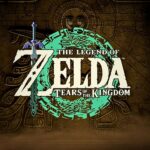 The Legend of Zelda
The Legend of Zelda
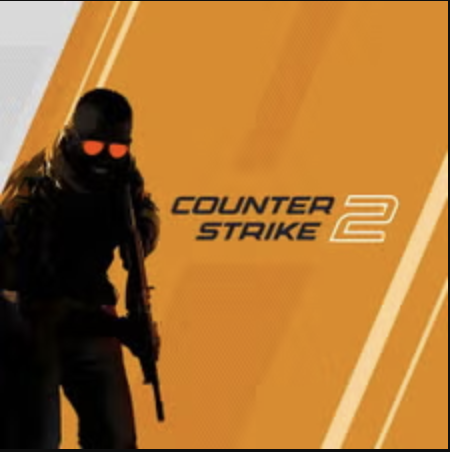 Counter-Strike 2
Counter-Strike 2
 Toca Boca World
Toca Boca World
 PUBG Mobile
PUBG Mobile 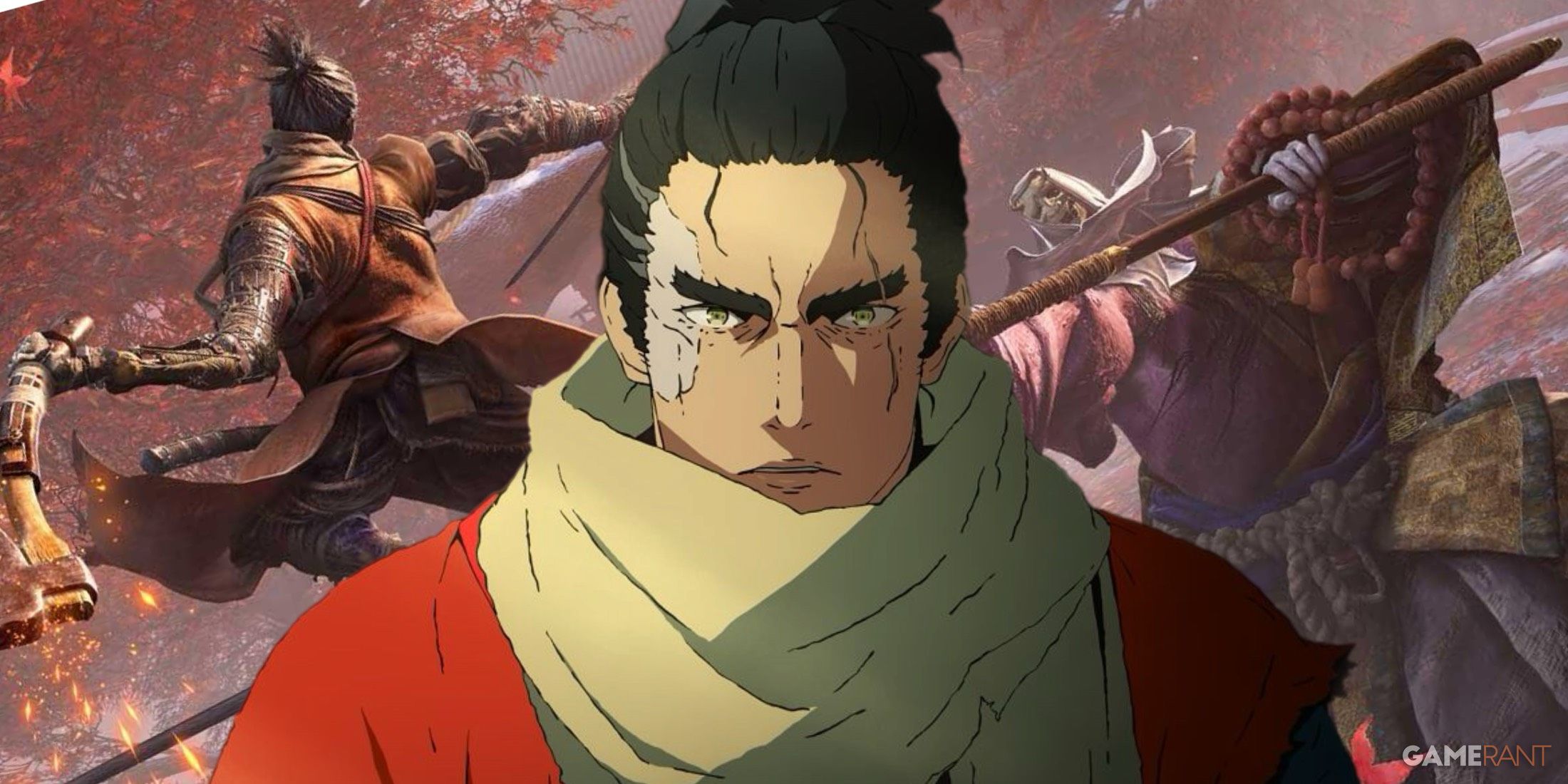
The announcement of a Sekiro: Shadows Die Twice anime, titled Sekiro: No Defeat, at Gamescom 2025 has created a palpable buzz. Fans are eager to see the game’s stunning world and brutal, balletic combat translated to the screen. While the potential to flesh out the narrative is immense, the anime’s creators face a unique challenge: staying true to the game’s identity by not just showing the action, but representing its core, philosophical mechanics. Sekiro‘s gameplay is not just about swinging a sword; it is a meticulously designed system of rhythm, timing, and psychological warfare that is unlike any other in gaming. For the anime to truly succeed, it cannot forget the Posture system, the Shinobi Prosthetic, and the concept of Deathblows.
The director, Kenichi Kutsuna, has a monumental task ahead of him. The game’s combat is a precise dance between offense and defense, and the key to that dance is the Posture system. Unlike a traditional health bar, the Posture system measures a combatant’s balance and fighting stance. A perfect deflection, a well-timed parry, or a relentless flurry of attacks all serve to break an opponent’s posture, leaving them vulnerable to a final, fatal blow—the Deathblow. The anime has the potential to represent this in a visually spectacular way. Instead of just showing a long, drawn-out fight, the animators can use visual cues—a shimmering effect, a cracking sound, or a specific animation—to show when a character’s posture is weakening. A truly great scene would not be about who has the higher health, but who can maintain their composure and break their opponent’s guard first.
 The Versatility of the Shinobi Prosthetic
The Versatility of the Shinobi Prosthetic
Wolf’s Shinobi Prosthetic is a major component of the game, offering a wide array of tools that give him a tactical advantage. The anime must make these tools feel like a natural part of Wolf’s fighting style, not just a gimmick. The use of the Loaded Axe to break a shield, the Fire Vent to set an enemy ablaze, or the Mist Raven to teleport out of harm’s way are all crucial to Wolf’s arsenal. The show should demonstrate his ingenuity and adaptability, showcasing how he uses these tools to overcome seemingly insurmountable odds. For example, a fight against the Guardian Ape could show Wolf using the Firecracker tool to stun the beast and the Loaded Spear to pull the centipede from its neck, giving a nod to the game’s unique and specific boss fight mechanics.
The Resurrection mechanic is also a major narrative and thematic element that the anime must handle with care. In the game, Wolf can “die” and come back to life, but this comes at a cost, causing the illness known as Dragonrot to spread. This is more than just a gameplay mechanic; it’s a commentary on the consequences of immortality. The anime can explore the psychological toll this takes on Wolf and the people around him. The “death” of a character could be a pivotal moment, only for them to return, changed and burdened by the experience. This would add a powerful layer of emotional weight to the narrative, raising the stakes and making every battle feel more perilous.
Ultimately, a faithful adaptation of Sekiro requires more than just high-quality animation of sword fights. It needs to capture the spirit of its combat system, where hesitation is defeat and every moment is a life-or-death gamble. By integrating the core mechanics of Posture, the Prosthetic, and Resurrection into its storytelling, Sekiro: No Defeat has a chance to be more than just a good anime; it could be a truly definitive cinematic experience that honors the masterpiece it’s based on.

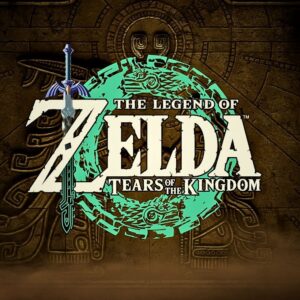







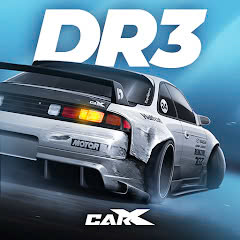
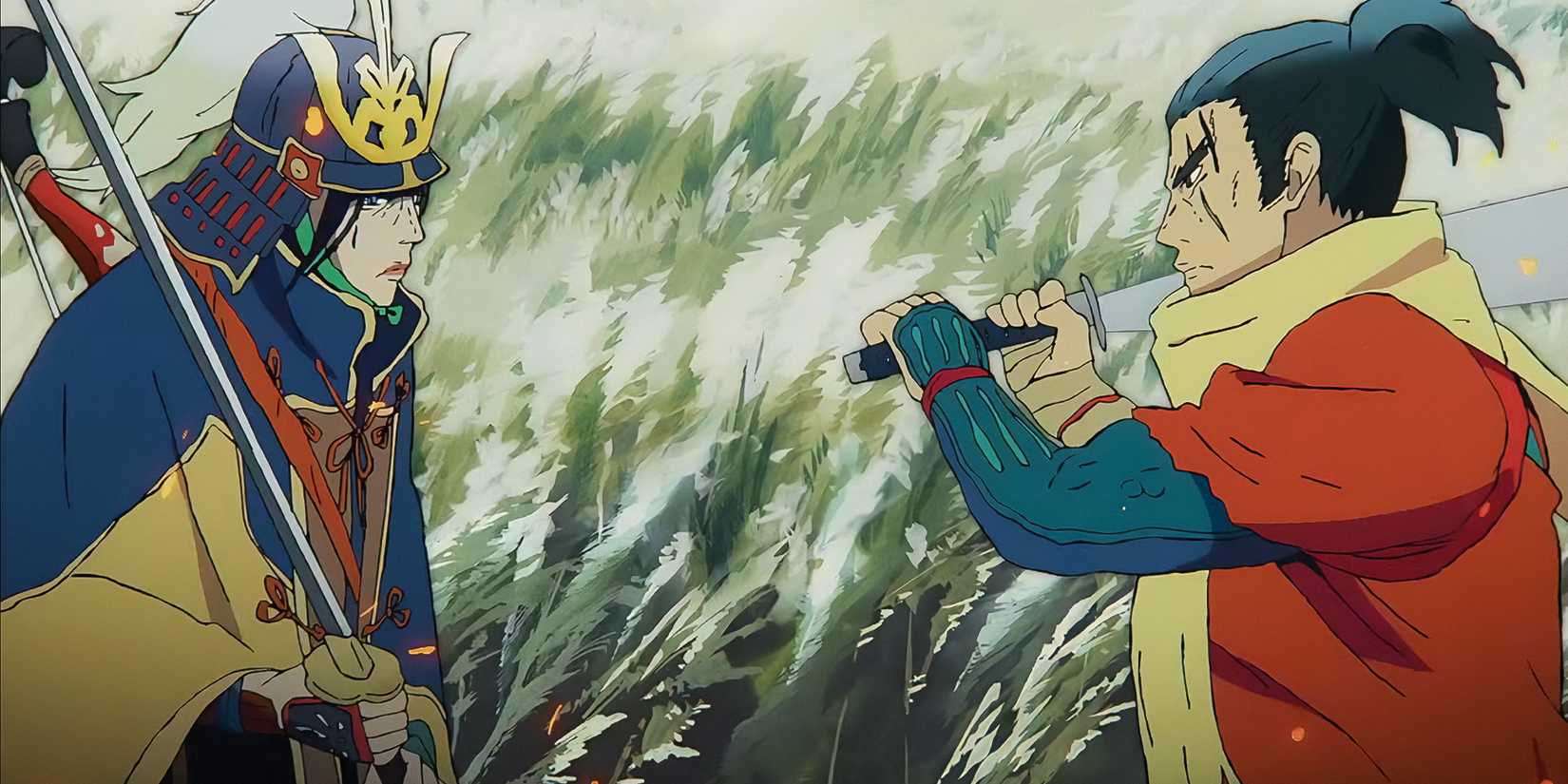 The Versatility of the Shinobi Prosthetic
The Versatility of the Shinobi Prosthetic